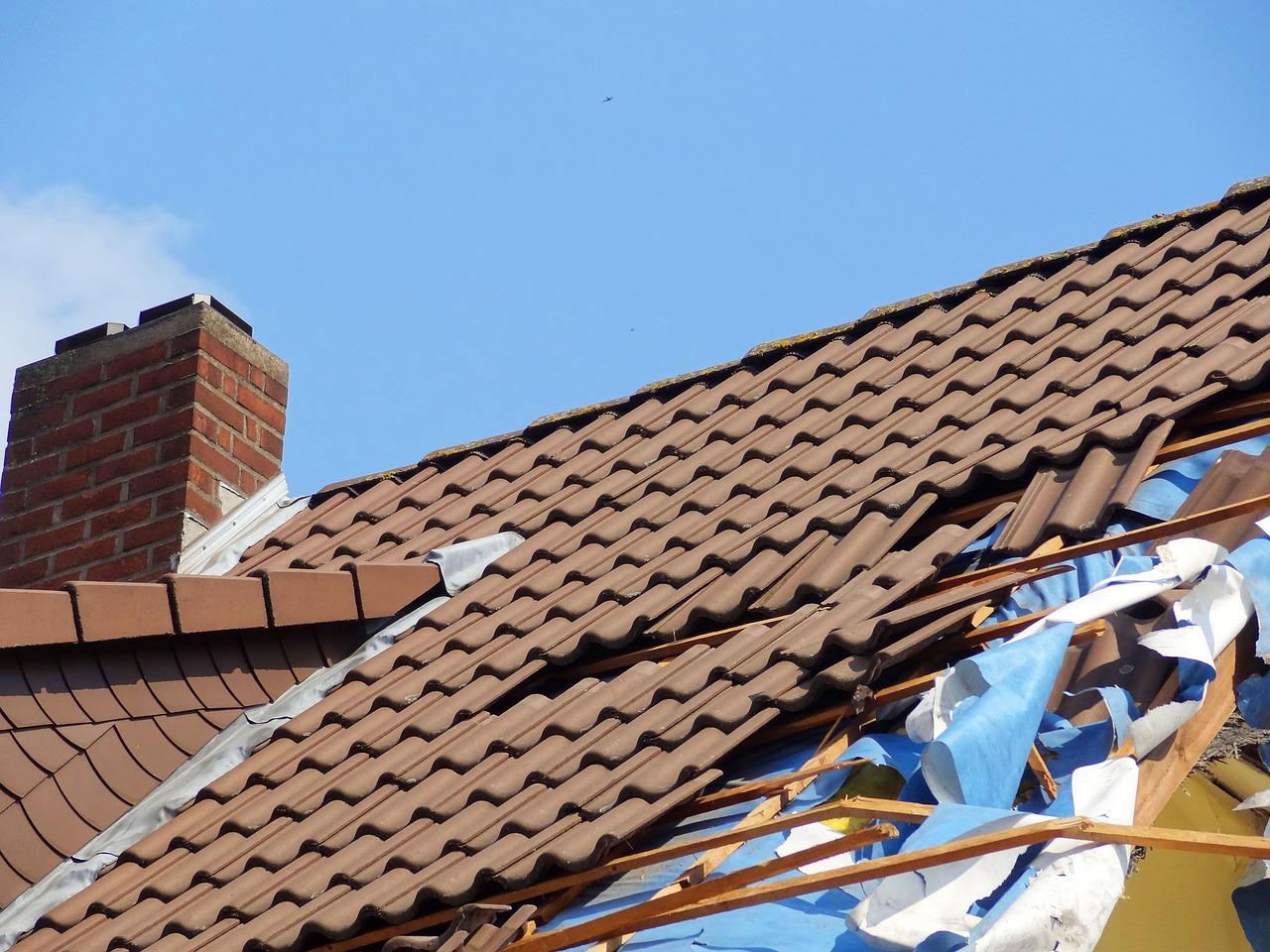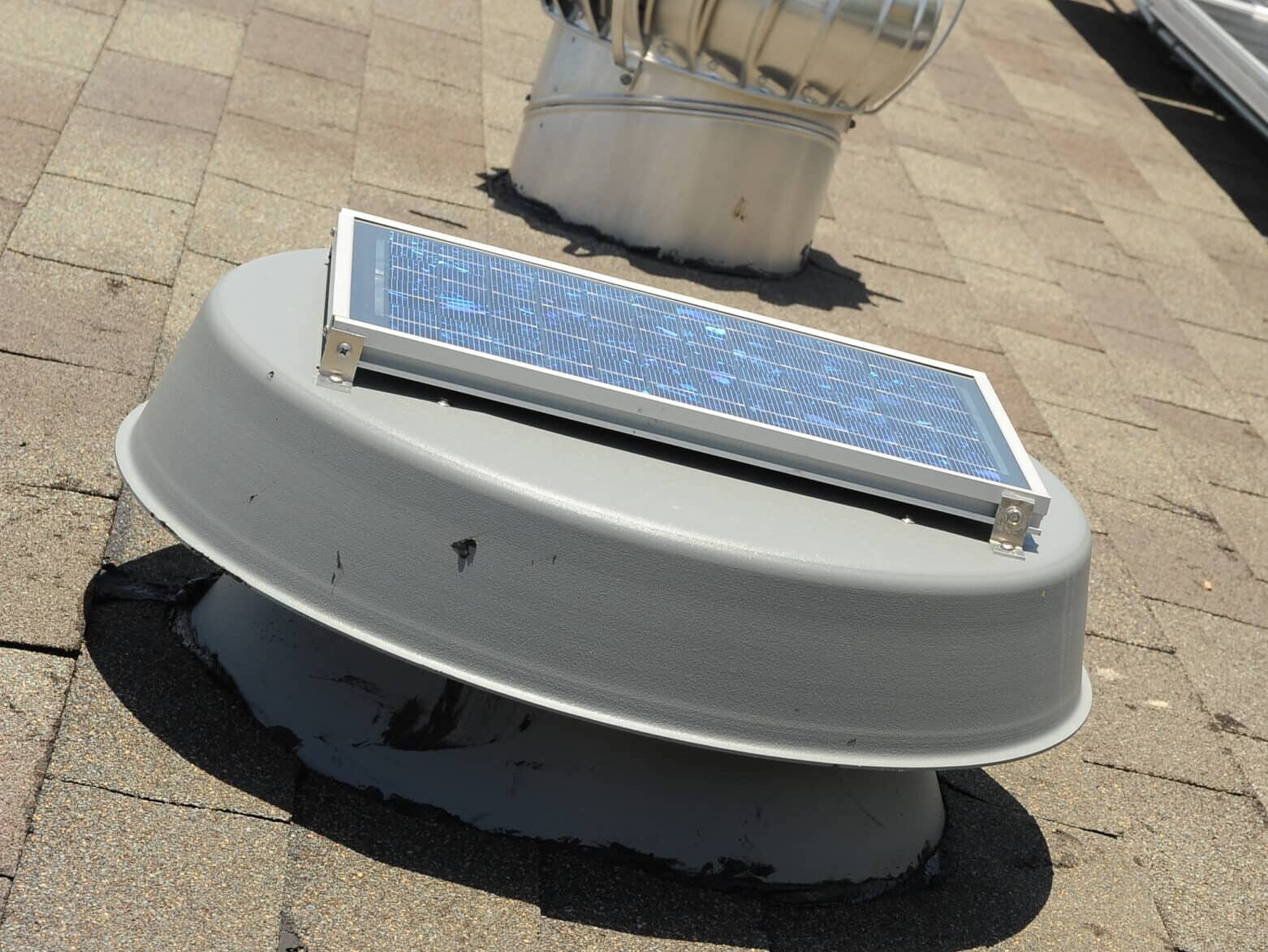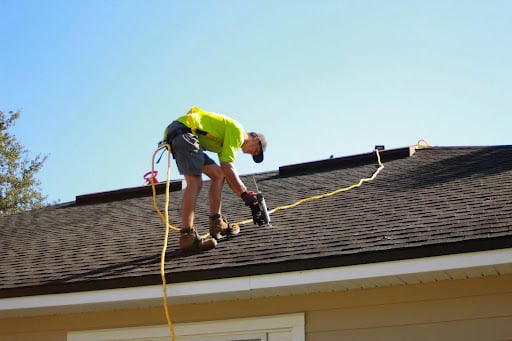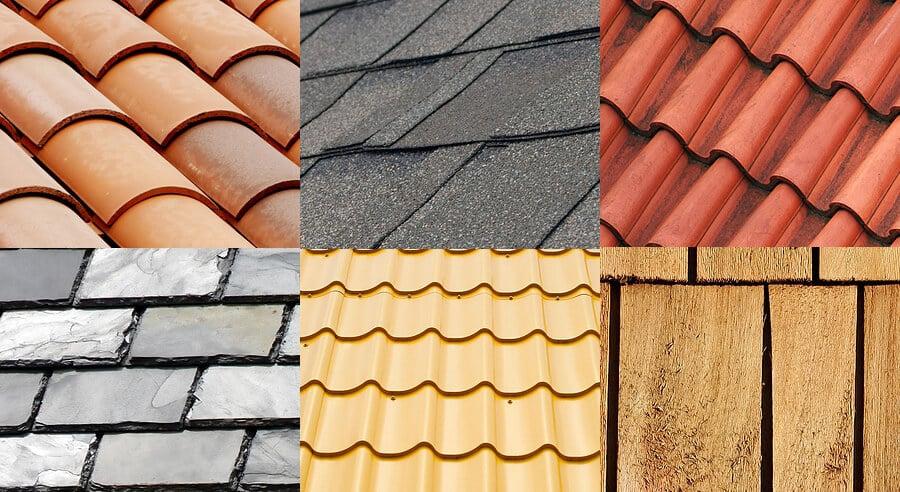Roof collapse is a serious issue that can risk you and your family. It can cause extensive damage to your home as well as potential injuries or even fatalities. That’s why it’s essential to spot early signs of roof collapse before it happens.
In this guide, we’ll share crucial indicators to look out for to keep your home safe. Don’t miss these tips on detecting roof collapse risks and taking action to prevent them.
Table of Contents
Sagging Ceiling or Walls
One of the most telltale signs of a potential roof collapse is when your ceiling or walls start to sag. This can happen due to the weight of accumulated snow, ice, or water on your roof.
If you notice any bulging or drooping areas in your ceiling or walls, taking immediate action is essential. This could mean a potential collapse is imminent, and you should evacuate the area until a professional can properly inspect it.
Sagging ceilings can be easily identified by observing unusual dips or curves on the surface that should otherwise be flat. It often presents as a visually downward, warped deformation rather than a smooth, flat expanse. The sagging could be localized to a specific area or spread across a more significant portion of the ceiling.
Deformed or Splitting Rafters
Rafters play a pivotal role in supporting the weight of the roof. It may indicate a roof collapse risk if they start to deform, split, or show signs of strain. Such signs are often visible in the attic space.
Call a professional roofer to inspect the situation if you notice any abnormalities with your rafters. It’s essential to address these issues promptly to prevent potential roof collapse.
Cracking Sounds
Hearing cracking sounds from your ceiling is another warning sign of a possible roof collapse. This may indicate that the structure is under strain and could be at risk of collapsing.
If you hear any unusual noises, especially during extreme weather conditions, it’s essential to take action and evacuate the area immediately. Do not attempt to enter or stay in a potentially unsafe area.
Cracking sounds can often be mistaken for normal house-settling noises. In the context of roof safety, they should never be ignored. These sounds can directly indicate that the roof’s structural integrity is compromised. The sound can be a sudden, sharp, popping noise or more minor cracks.
Roof Leaks
Roof leaks can also be a sign of potential collapse. When water seeps into the structure, it adds weight and can cause severe damage over time.
If you notice any leaks in your roof, you must address them immediately to prevent further damage. This could mean repairing damaged shingles or reinforcing weak areas of the roof. Be sure to get San Antonio roofing repair specialists to assess and address the situation appropriately.
In addition to these indicators, it’s also important to regularly inspect your roof for any signs of wear and tear. This includes checking for missing or damaged shingles, cracks in the roof structure, and excessive accumulation of debris.
Doors and Windows that Won’t Close Properly
An unusual sign of potential roof collapse risk is doors and windows that suddenly become difficult to close or start to jam. This can happen because the excessive weight on the roof is causing the whole building structure to shift.
If you notice this happening, taking action and evacuating immediately is essential. This is a clear warning sign that the roof may be on the verge of collapsing and could potentially cause serious harm.
Cracks or Bends in Support Beams
Support beams are a critical part of your home’s structure, and any signs of cracks or bends could signal a potential roof collapse. It’s essential to regularly inspect these beams, especially after severe weather, and take immediate action if any deformations are discovered.
Support beams, often made of solid materials like steel or heavy-duty wood, act as the skeleton of your home, bearing the weight of the entire structure, including the roof. Over time or under extreme conditions, these beams can develop cracks or bends that may not be visible on a superficial examination. It’s essential to have a professional inspect the support beams to ensure their structural integrity and prevent potential roof collapse.
Accumulation of Snow or Ice
Excessive accumulation of snow or ice on the roof can strain the structure and lead to potential roof collapse. It’s important to regularly remove any buildup, especially in areas with heavy snowfall.
If you notice your roof is covered in snow or ice, it’s essential to take precautions and avoid going onto it yourself. Instead, hire a professional with the proper equipment and expertise to safely remove the excess weight without causing damage to the roof.
It’s important to properly insulate your attic and roof to prevent snow and ice from melting and refreezing on the roof, which can lead to dangerous buildup.
Misaligned Roof
A misaligned or visibly crooked roof could also signify potential collapse. If you notice a sudden or gradual skewing of your roofline, contacting a roofing expert is crucial.
Structural misalignment could indicate a severe weakening of the roof’s support system, possibly leading to collapse if left unattended. It’s essential to address this issue promptly to ensure the safety of your home and those living in it.
Gutter and Downspout Issues
Gutters and downspouts are essential in redirecting water away from the roof and house. Any issues with these components, such as blockages, leaks, or improper installation, can contribute to water accumulation on the roof, increasing the risk of roof collapse.
Regular inspection and preventative maintenance of gutters and downspouts are necessary to ensure they function correctly and reduce the risk of roof damage.
Damaged or Missing Flashing
Flashing is the material, often metal, used to prevent water from entering joints or openings in your roof. If the flashing is damaged, rusted, or missing, it could lead to water seeping in, which may eventually cause roof collapse.
Regular inspection of roof flashing and repairs, if necessary, are crucial to ensure the durability of your roof. Flashing should be replaced at the first sign of damage to prevent further issues.
Identifying Roof Collapse
Knowing these crucial indicators, you can take proactive steps to prevent roof collapse and keep your home safe. Remember to inspect your roof regularly for any signs of potential collapse. Don’t wait until it’s too late. Stay vigilant and keep your home protected from roof collapse risks. Remember, safety always comes first.
You can find more valuable and interesting articles on our website. Be sure to visit us and read more.





